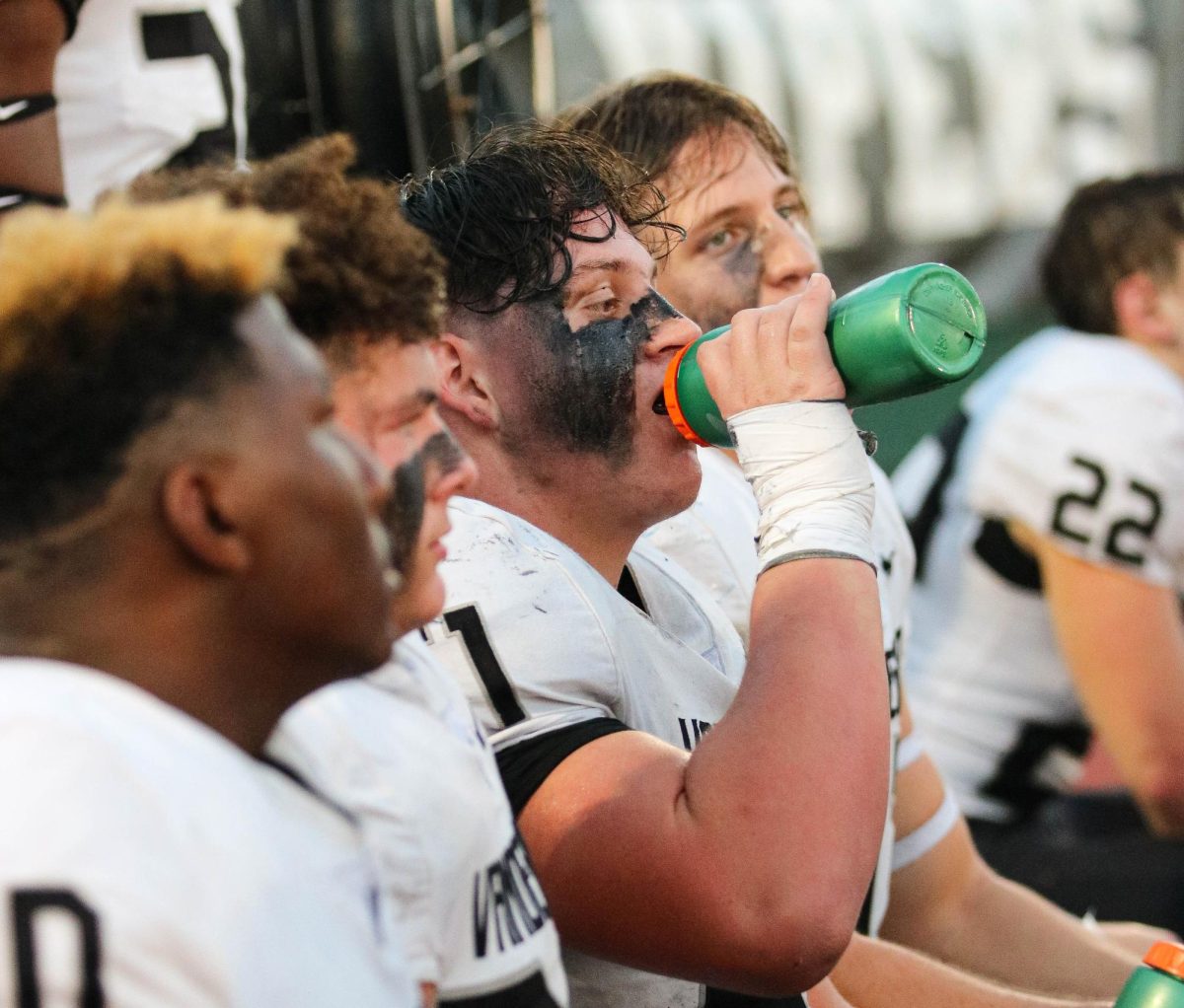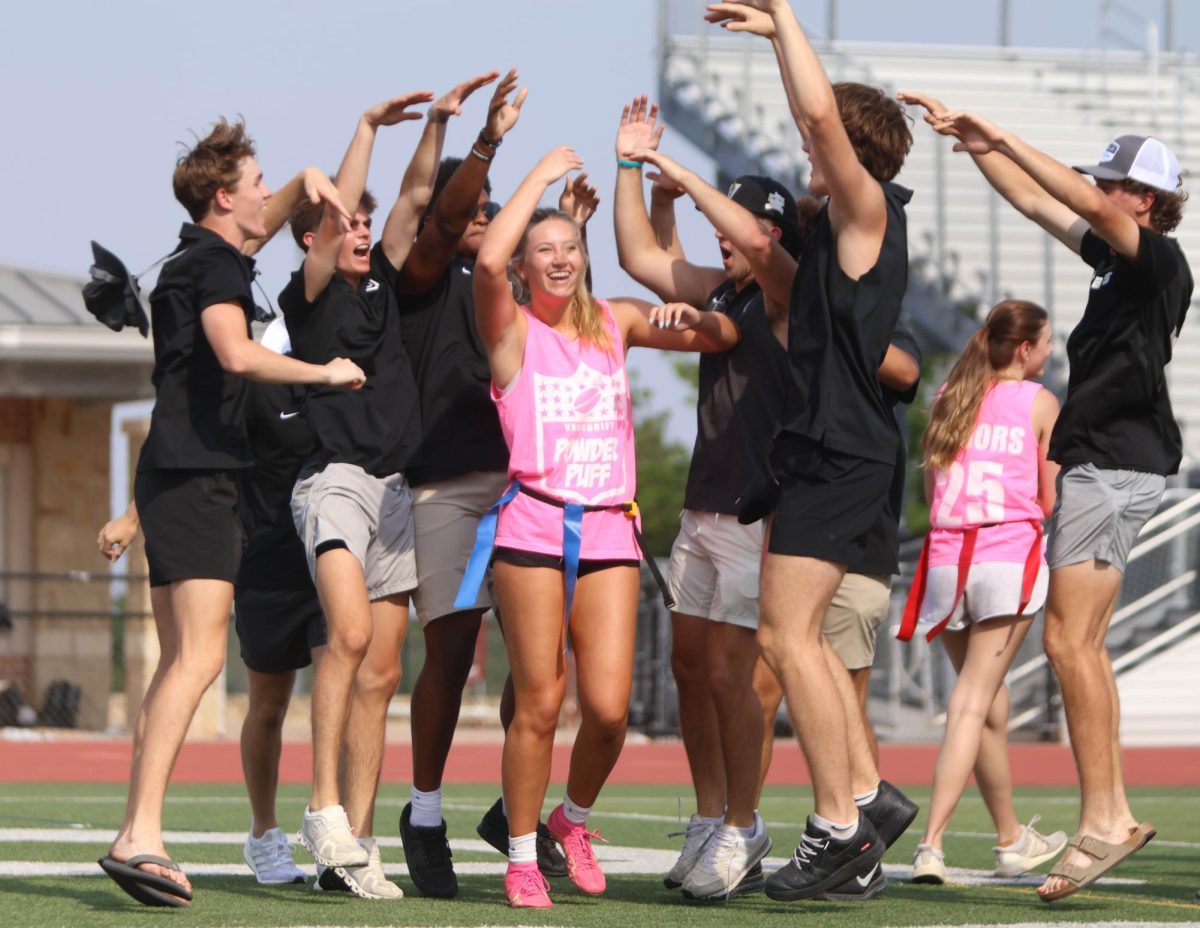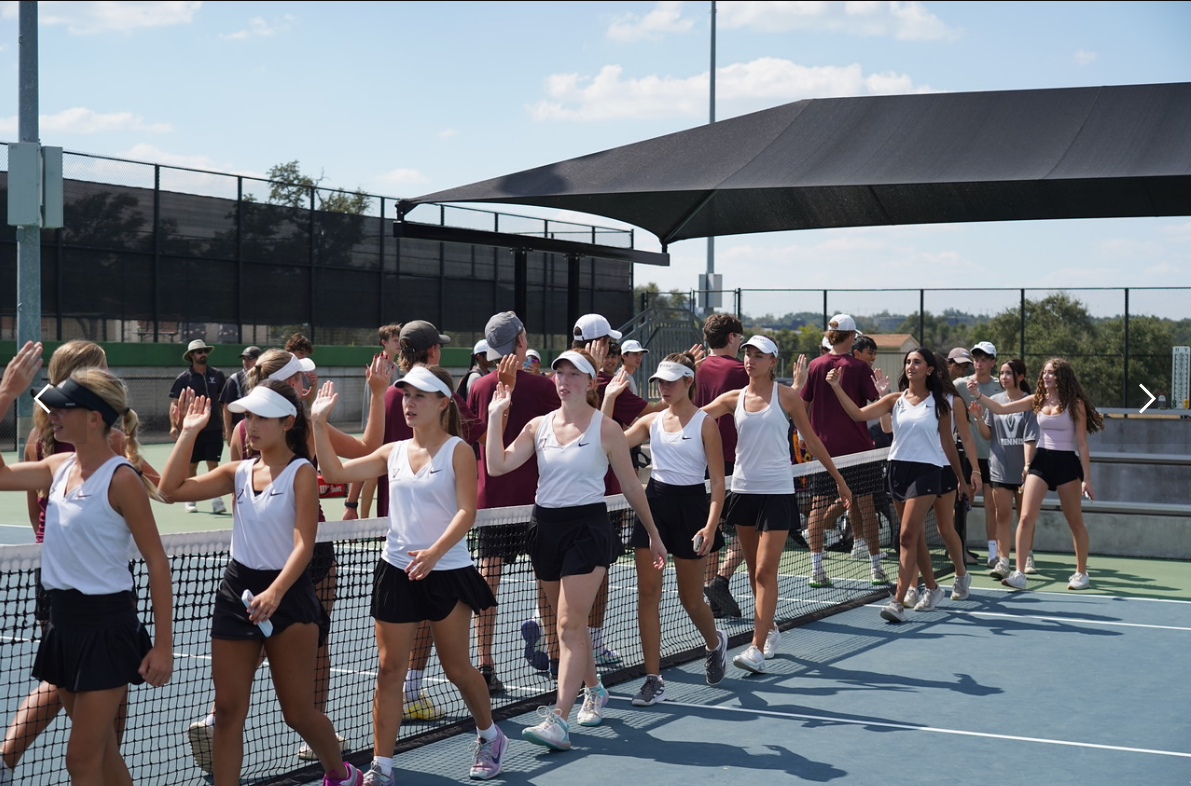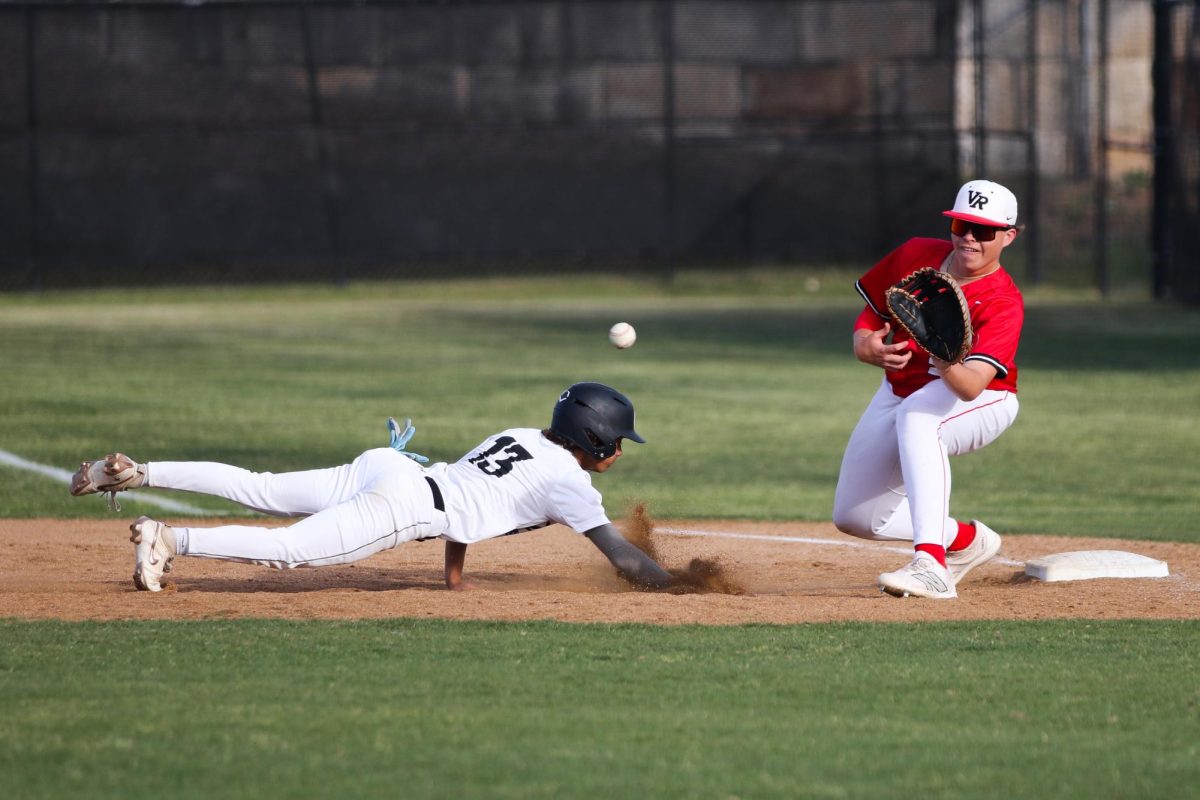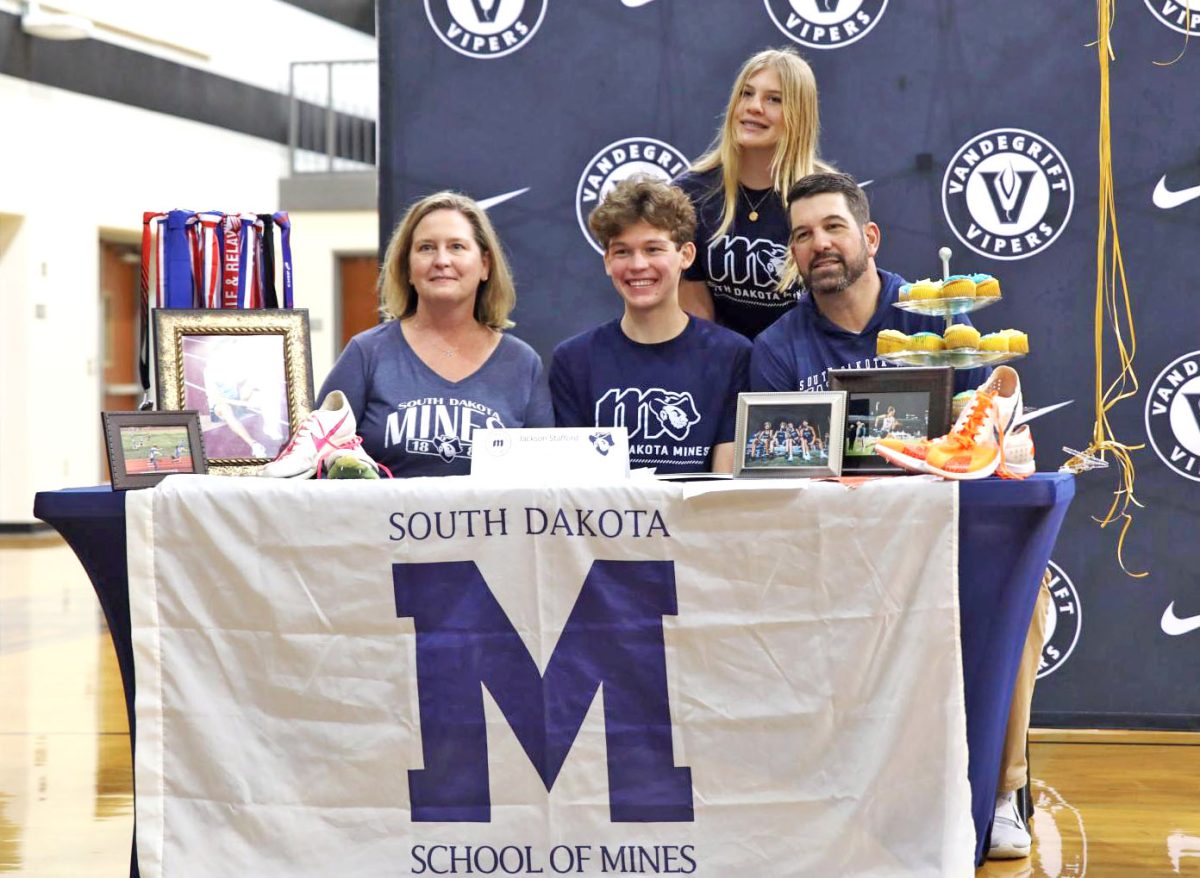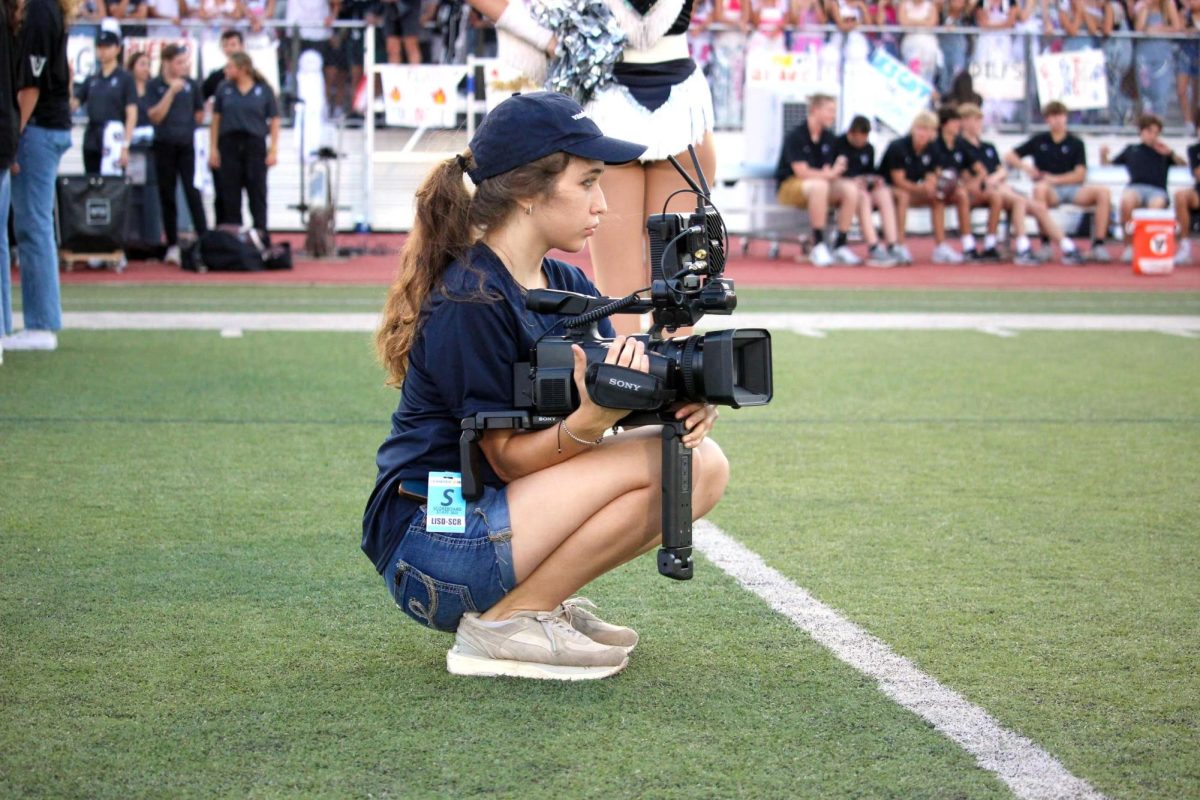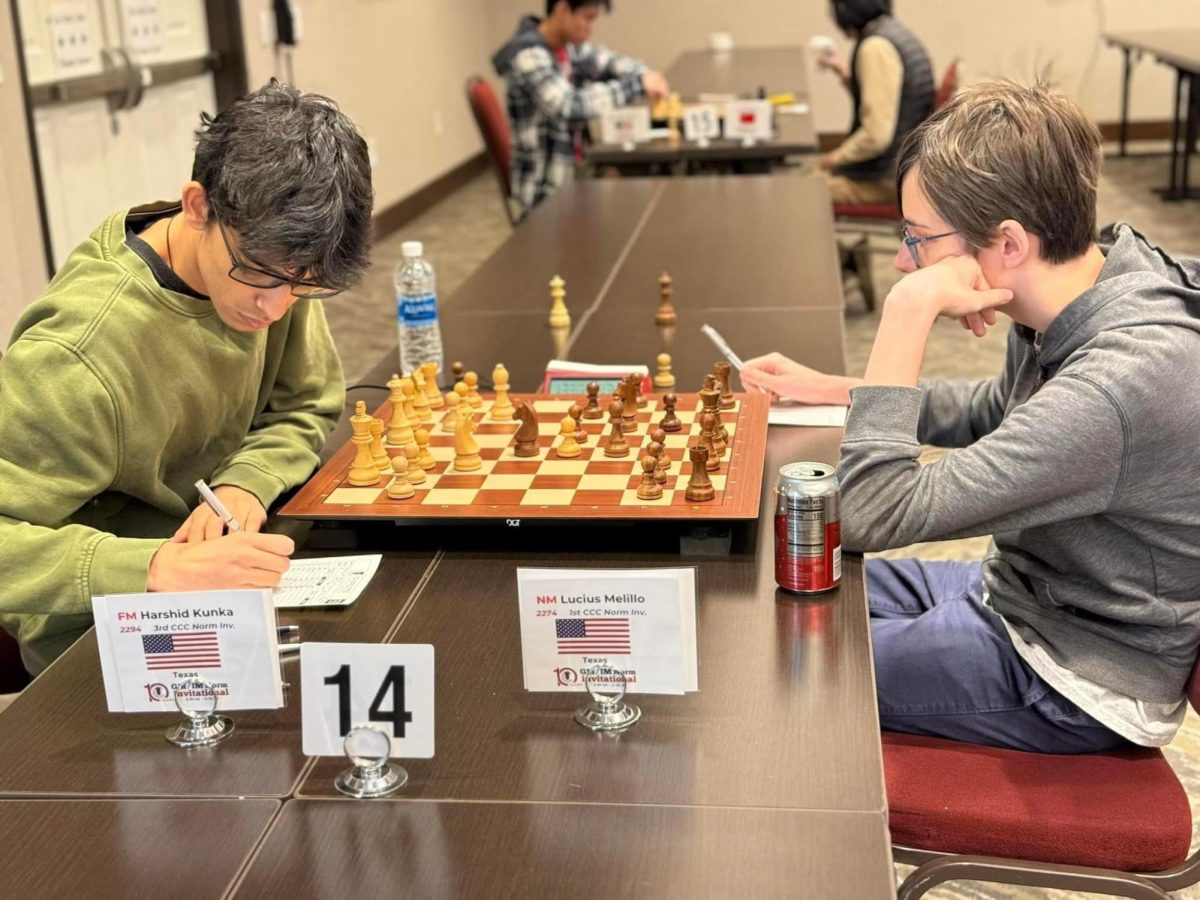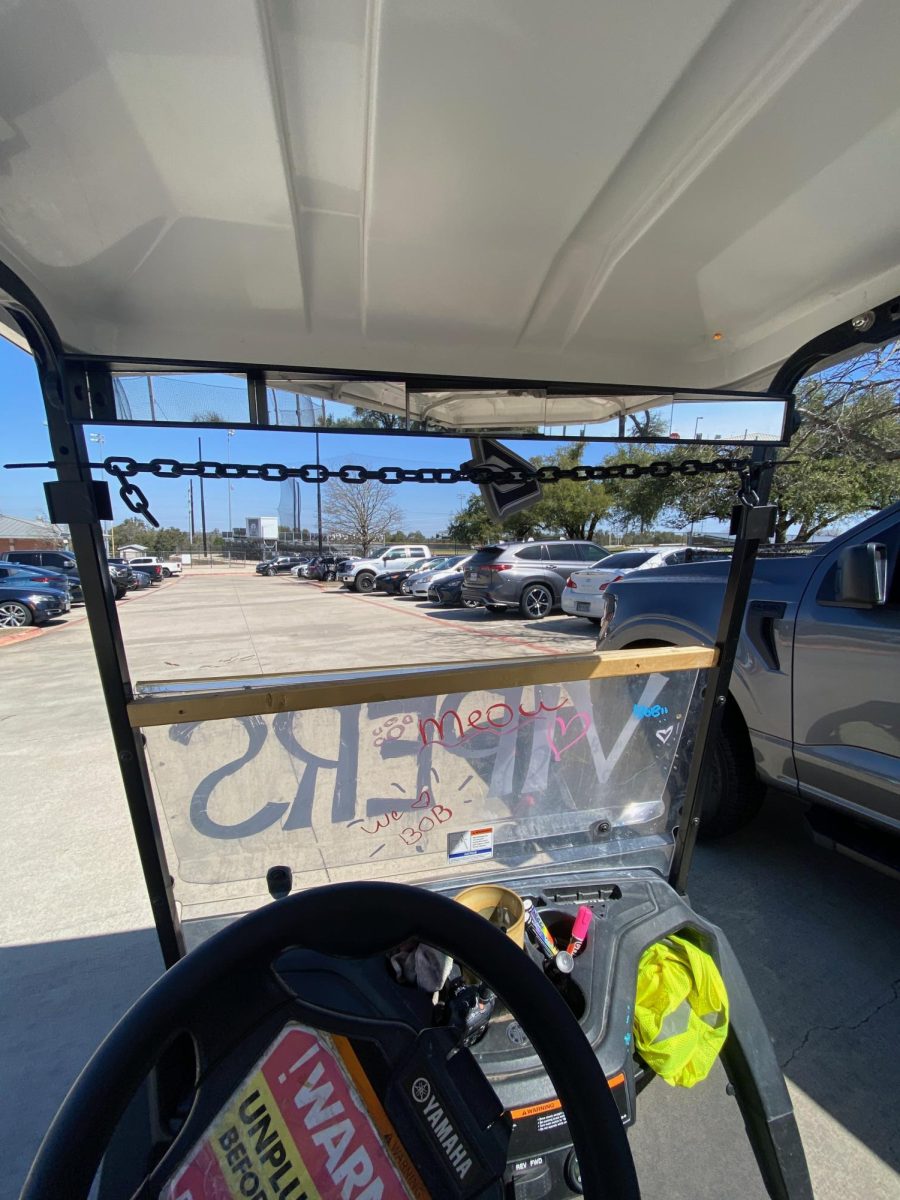A football player stumbles to the sideline, clutching his head as his vision fades in and out in splotches of gray. The sweltering heat of the sun radiates on the player’s black jersey, which absorbs its rays, producing a thick blanket of warmth that encapsulates him. The 60% humidity creates a swamp, slathering the athlete in a glossy layer of sweat and water vapor, as he rips off his helmet, collapsing on the bench, and grabbing his forehead in anguish. His temples pulse in rhythm with his heart, resounding in warning of the consequences of overheating.
With Austin temperatures remaining in the triple digits throughout August and September, athletes who competed in fall sports had to endure these extreme temperatures during competition and practice.
“High temperatures and high humidity make running pretty difficult,” cross country coach Colin Sully said. “In training, it inhibits our ability to run at target paces, it increases our recovery time, and it makes racing at goal pace difficult.”
As stated by Sully, exercising in the heat elevates a person’s heart rate and blood pressure; this can ultimately lead to heat stroke, which is fatal if not immediately attended to.
“I’ve blacked out during a race from over-exertion, and heat exhaustion played a role in getting me to that point,” senior cross country captain Isabella Keller said. “Hot temperatures definitely makes running more mentally and physically challenging.”
According to UIL,the depletion of water in the body poses the greatest risk of exercising in excessive heat. Sully explains that intense heat and humidity lead people to lose fluid in the form of sweat at an increased rate.
“Electrolytes are lost in the process so it’s important to not just drink straight water, but to hydrate with an electrolyte infused mix, ” Sully said. “A lot of our athletes utilize the brand NUUN because it’s lightly flavored and has no added sugar.”
While hydration is key, athletics programs such as football and cross country also practice in the morning to avoid the worst effects of the heat; however, games and meets still occur later in the morning, evening, or afternoon, meaning an escape from the sweltering temperatures isn’t always possible.
“This year the heat has been noticeably worse,” Sully said. “Right now, we are fully expecting to run in cooler temperatures in the morning, but it seems the weather has not budged. It’s so much nicer to train and race in 65 degrees than 80.”
Likewise, Keller has noticed the difference in temperature of this year versus previous, she attributes this increase to global climate change.
“Because of global warming and climate change, temperatures have risen every year,” Keller said. “Even though temperatures have gotten worse I feel like I can deal with the heat better than previous years, which is a result of our training plan and my improved fitness in general.”
To prepare for a searing competition season, practice for fall sports begins in the summer, around late July or early August to allow athletes time to acclimate to exercising in the hot weather.
“To prepare for the season we make sure we do conditioning twice a week,” varsity football player Drew Mestemaker said. “Usually at the beginning of summer we start off slow and work up throughout the summer to more and more difficulty. We don’t get thrown right into it and die out there, so they work us up to it and then towards the end we’re usually in pretty good condition.”
According to UIL, the majority of heat related issues are linked to football, as players wear thick layers of gear, including helmets, shoulder pads, thigh pads, and knee pads.
“I feel like it’s more of a mental thing than it is a physical pressure,” Mestemaker said. “Just that you want to be out there when it’s not as hot, and you aren’t as miserable as when you are out there sweating.”
UIL instated specific guidelines for practice and performance in the heat, in order to prevent injuries brought on by the Texas weather. These guidelines include canceling practice at temperatures of greater than 92.1 degrees fahrenheit, and prohibiting the use of protective equipment in football when temperatures reach above 90.1 degrees.
“Races that are later in the day have been combined out of an abundance of caution to athletes competing,” Sully said. “I’ve never been to a meet where racing was canceled due to extreme heat.”
While the Texas heat has never resulted in the cancellation of a cross country meet, according to Mestemaker, the first varsity football games of the season were delayed 30 minutes in accordance to UIL guidelines, and to allow the day more time to cool off. Contrastingly, toward the end of the football season, which lasts till around November, temperatures drop, creating a safer environment for exercise.
“Playing in the heat tires me out a lot faster than playing when it’s cold,” Mestemaker said. “[the coaches] obviously make sure to give you a lot of breaks, but the amount of time you can perform at your best is a lot lower when it’s hotter out.”


